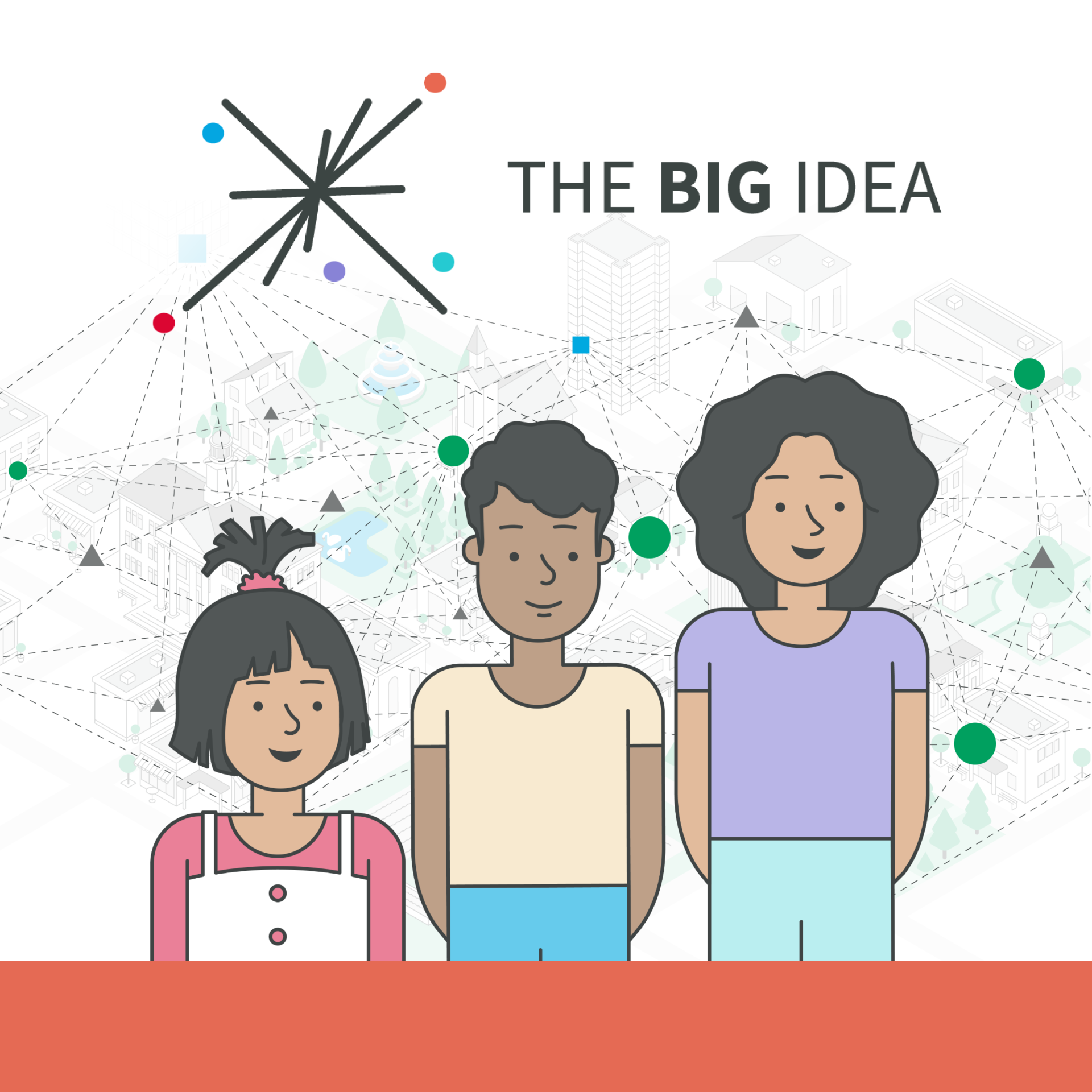Key Learner-Centered Readings from Education Reimagined
Insights 17 December 2016
To bring into focus the learner-centered paradigm for education, we recommend reading "A Transformational Vision for Education in the US" and "A Practitioner's Lexicon."
What’s so different about this vision?
It is not a mandate or a blueprint. Rather, this vision offers a beacon toward which to aspire and a challenge and invitation to transform, rather than reform. It sets out a future that inspires people and communities—perhaps once divided—to come together for its realization.
The vision’s power and uniqueness come from the diversity of those who created it. They are a group of educational practitioners, scholars, business and union leaders, parents, and advocates—no two with the same background or perspective. Collectively, they are leaders in conversations on blended learning, disruptive technology, deeper learning, connected learning, personalized learning, social and emotional learning, community schooling, out-of-school learning, teaching improvement, the teaching profession and its collective leadership, school choice, and more.
Together, they were able to create a transformational vision that honors and values the points of view of all of those engaged in the work of education: learners, educators, parents, unions, businesses, charter schools, administrators, civic leaders, and education advocates and organizations.
Why a lexicon?
This is a technical document that clarifies key terms found in “A Transformational Vision for Education in the US,” a vision for learner-centered education.
This lexicon is a response to the near universal request from learner-centered practitioners seeking to communicate and share learnings across various learner-centered models and across various disciplines and perspectives. They have asked that key terms be distinguished at a level of depth that will enable a shared practitioner language and that will provide a “Rosetta Stone” for translating the myriad of conversations going on across the nation and around the world.
Finally, what you will read is not a rigid blueprint or “how-to” specifications. Rather than providing definitions that describe “typical” or “average”—or even “ideal”—examples of each element, what follows are distinctions that clarify the full domain of possible examples represented by each term.
New resources and news on The Big Idea!
×
We recently announced a new R&D acceleration initiative to connect and support local communities ready to bring public, equitable, learner-centered ecosystems to life.